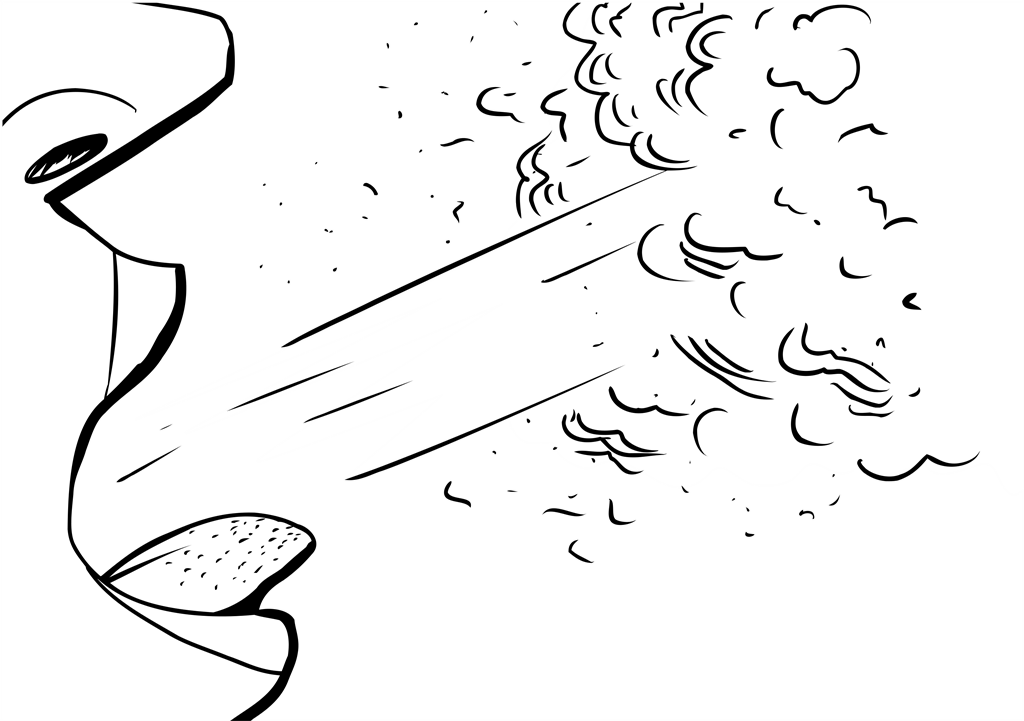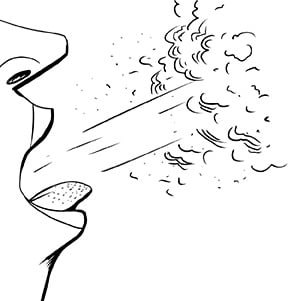

“The action reminds one of a pressure cooker blowing off steam,” says, Dr Greg Symons, a pulmonologist from Cape Town.

Sensing something is wrong
The upper and lower airways are lined with slow-reacting and fast-reacting receptors that can respond to a number of stimuli like dust, irritant gases, and excess mucus.
When the receptors are triggered, a signal is sent via the vagus nerve, setting up a reflex with the signal being transmitted to your brainstem and consciousness. This makes you aware that you need to clear these noxious particles or gases.

Preparing for the cough
In a matter of milliseconds, the cough centre in the medulla makes your consciousness aware that you need to cough. It sends an impulse down to the diaphragm and intercostal rib muscles, preparing them for the cough action.
The diaphragm "drops" to suck air into the chest, filling the thoracic cavity. Then, the glottis (voice box) closes to prevent any air from leaving the chest.

Finally, the cough!
The cough centre triggers the diaphragm and intercostal muscles to contract, making the thoracic cavity smaller and building pressure in the chest. The closed glottis opens, allowing the high pressure air to escape from the chest through the airways, taking any irritating particles, foreign bodies or phlegm that triggered the reflex.
Fun fact: Air leaving the chest can reach speeds of up to 200 km/h.





 Publications
Publications
 Partners
Partners














